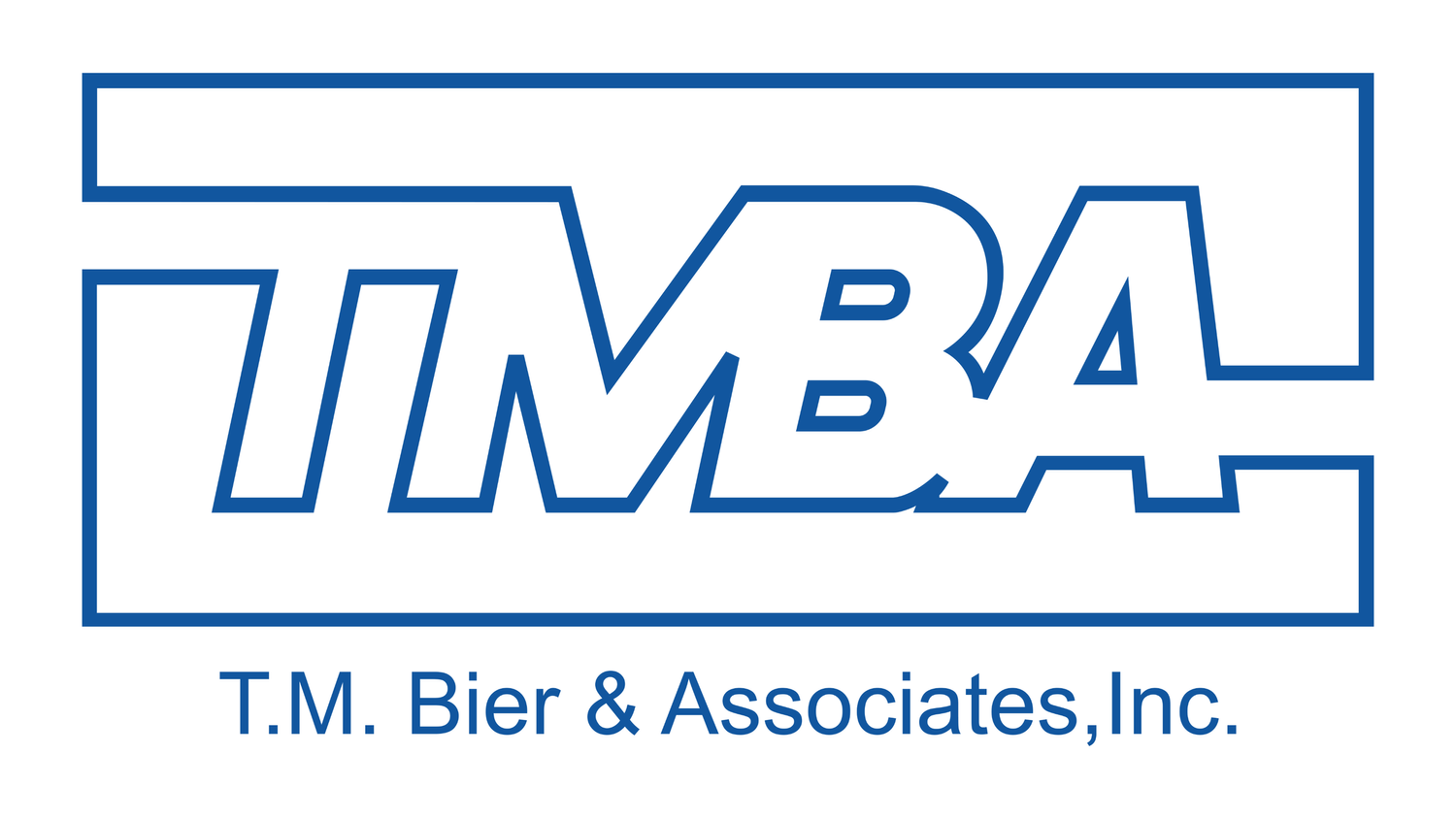Optimizing Steam Systems With Building Management Systems
Steam Systems & Building Management Systems
Steam systems are a crucial part of many buildings, providing heat, hot water, and even power in some cases. However, these systems can be quite complex and can require a significant amount of energy to operate. This is where building management systems (BMS) come into play.
A building management system, or BMS, is a computer-based system that controls and monitors the mechanical and electrical equipment in a building. These systems are designed to optimize the efficiency of a building's operations, including the steam system. In this post, we will explore how BMSs improve the detection of problems and analysis of energy usage in steam systems, leading to significant energy savings.
Monitor Your Steam System
One of the key ways that BMSs improve the detection of problems in steam systems is through continuous monitoring. By constantly monitoring the steam system's operation, the BMS can detect any anomalies or problems that may occur. This early detection allows for prompt maintenance, which can prevent costly repairs and downtime. Furthermore, BMSs typically have alarms and notifications set up, so that the building operator is alerted of any issues as soon as they occur.
If you’re in the process of upgrading your legacy building management system, choosing the best BMS integration experts is critical. Your BMS upgrade or install will provide you with analysis, reporting, notifications, & more if your system is designed to meet your needs. T.M. Bier & Associates has decades of experience with building management systems & building automation in the New York Metropolitan area. If you’re looking to improve your building management system, our team of BMS experts are ready to help.
Analyze Your Steam System’s Data
Another way that BMSs improve the detection of problems in steam systems is through data analysis. With the vast amount of data that the BMS collects, it can use advanced analytics to identify patterns and trends in the steam system's operation. This allows the system to predict potential problems before they occur, enabling preventative maintenance and reducing downtime.
When it comes to energy usage, BMSs provide valuable insights that can help reduce consumption. For example, the BMS can measure the steam system's energy consumption and identify where the highest usage is occurring. This information can be used to optimize the steam system's operation, such as adjusting the pressure or flow rate, to reduce energy usage. Additionally, BMSs often have the ability to control other building systems such as lighting and HVAC, which can also be optimized for energy efficiency.
In summary, building management systems play a crucial role in optimizing the efficiency of steam systems. By continuously monitoring and analyzing the steam system's operation, BMSs can improve the detection of problems, and reduce energy consumption. This leads to significant energy savings, lower operating costs, and more reliable and comfortable building operation.
NYC Local Law 97: Emission Targets & Penalties
One of the most important benefits of building management systems is their ability to help facility managers comply with carbon emission reduction targets, such as those set forth by the City of New York's Local Law 97 (LL97). This law requires buildings larger than 25,000 square feet to reduce their carbon emissions or face penalties.
BMSs can help building operators comply with LL97 by providing real-time monitoring and analysis of energy usage in the building. This information can be used to identify areas of energy waste and inefficiency, and then implement changes to reduce energy consumption. Additionally, BMSs can also be configured to automatically adjust lighting, HVAC and other building systems to minimize energy use during peak periods. Furthermore, BMSs can also be linked with renewable energy sources such as solar panels and wind turbines to offset energy consumption, this is vital to reach the LL97 targets.
By using a BMS, building operators can take an proactive approach to reducing energy consumption, which is key to achieving LL97's carbon emission reduction targets. Additionally, many BMSs also provide reporting capabilities that allow building managers to document their energy efficiency efforts, this can provide transparency and evidence of compliance to the regulations.
Note that this is a general overview of how BMS can help Steam System efficiency, depending on the size and complexity of the building it might need additional controls or configurations to the BMS to really optimize the system.

